hackberry tree leaves dying
18th to 316th long. Cankers are brown to black sunken areas on branch that may have cracked bark and discolored sapwood.

Common Hackberry Umn Extension
Circular nipple-like swellings that project from the undersides.

. Leaves failed to develop normally so the leaves are ragged or uneven in appearance with small irregular strips of. Wood decay may cause problems for hackberry trees. Adults are light brown with flecks of creamish-white and look like miniature cicadas.
This tree could be suffering from multiple issues. The foliage of trees infected with armillaria mellea starts to discolor and drop prematurely. 10 - 24 m wide.
The small 2 to 6 inch long green stems of new growth fell as well. Leaves on random branches wilt turn yellow then brown during the growing season. We have a tree that looks like a Hackberry and even has pea-sized berries but the leaves are larger.
Its attractive serrated leaves range from dull green to glossy and have unequal bases and tapered ends. The insects feed on the sap from the leaves and secrete sticky honeydew that in turn encourages the growth of black sooty fungus on infested tree areas. Hackberry Celtis occidentalis is a widespread small to medium-size tree known also as common hackberry sugarberry nettletree beaverwood north ern hackberry and American hackberry.
If a hackberry tree becomes damaged due to natural elements or other causes it can be repaired by pruning dead and dying limbs. Sugarberry trees grow between 50 and 70 ft. Common on trees stressed by drought winter injury wounds insect feeding or other factors.
If you have problems with hackberry leaf drop give us a call. Characteristics of the Hackberry Tree Identification. The leaves may be uniformly coated or only in patches.
The loss of leaves on hackberries in spring is an occasional phenomenon in Iowa and surrounding states. The process of pruning requires you to cut back the pieces of dead branches in order to allow new growth to take place. Hackberry nipple gallPachypsylla celtidismamma.
The wood heavy but soft is of limited commercial importance. Sooty mold grows on the honeydew blackening absolutely everything under the tree. As a result a black mold known as sooty mold covers the leaves stems and possibly the bark of the tree.
The most popular theory is that cold spring temperatures may have damaged the leaf buds or newly developing leaves causing the. Wooly aphids are small white insects that fall off hackberry trees and appear to float in the air. They suck the sap out of the leaves and secrete a sticky residue called honeydew.
Also known as American hackberry common hackberry Celtis occidentalis is a fast-growing member of the elm family that typically grows to a height of about 70 feet with. The leaves dried out turned brown and then dropped. Hackberry trees also bear ¼-inch 6 cm sized dark purple pitted fruit drupes that are valuable food sources through the late winter months for a variety of bird species including flickers cardinals cedar waxwings.
The symptoms appear to have followed this progression. Courtesy photo Show More Show Less 3 of 4 This Joey avocado tree shows signs of iron deficiency yellowed leaves with dark green veins most prominently displayed at the ends of the branches. There are yellow discolorations on upper leaf surface above the nipple galls.
Hackberries are widely distributed in the eastern United States from the southern New England states all the way south to Mississippi. Also called the sugar hackberry the sugarberry tree is a native medium-sized tree with pointed leaves small clusters of greenish flowers and reddish-purple edible fruit. Mistletoe is an effective colonizer of hackberry which can kill a tree over a period.
They are broad crowned and often have an erratic shape. 15 - 21 m tall and 30 to 80 ft. The sad truth is that most of the large hackberries are dying and it is happening at a rapid pace.
Contact chemical burn was suspect as was cold injury when leaves were in the bud. The foliage of the common hackberry is asymmetrical rough and dull green in. In past years no association was found between the leaf drop and insects or diseases.
The leaves are dull green to glossy with a network of veining and serrated except at their base. These trees can grow up to the height of 60 feet and have a spread of around the same. The worst thing about hackberry is that woolly aphids feeding on the leaves drip sticky honeydew.
They are actually a large infestation of Asian wooly aphids. On good bot tom-land soils it grows fast and may live to 20 years. Trees most commonly affected are hackberry sycamore and oak.
Small blue-black fruits favored by birds spread seedlings all over. Some trees tend to hang on to a portion of their leaves through the winter making spring leaf drop perfectly normal. But if you dont have a tree that naturally loses its leaves in spring your tree could have an infection.
This could be caused by drought or heat stress girdling roots or a number of other stresses. While all the other trees in the area are green from the recent rains the leaves on this tree are turning yellow and falling off. The browning of the hackberry Celtis occidentalis leaves is probably due to lace bugs.
Lace bugs are sap feeding insects commonly found on the leaves of shade and ornamental trees in Iowa. The exact cause has never been determined. Hack it down now.
Early leaf drop is a general sign of tree stress. This tree can even be found in Wyoming and parts of Canada. If the majority of leaves look green and healthy then your tree will still be able to photosynthesize and if it is generally healthy should recover with good tree care practices.
One suspect is root rot. We usually think of fall as the season for shedding but there are a few tree species that go against the grain. Hackberry Tree Problems.
Two common root pathogens Ganoderma and Armillaria may infect hackberry. Adult lace bugs have attractive wings that are beautifully sculptured with an intricate pattern of veins resembling. Affected trees developed healthy new leaves.
Hackberry is easy to recognize by its silvery-gray bark encrusted with warty ridges. The hackberry is also known for its distinctive bark surface which has a corky texture with warts at the base and is often described as stucco-like. In the fall months the leaves will turn into a bland yellowish color before falling off.
Powdery mildew may coat the leaves with white powder. Infected branches dont leaf out in spring. Premature leaf drop can occur during heavy infestations.
Garden carefully around these trees as the smallest mechanical injury creates an entry point for the fungi that lead to wood decay diseases. No callers this year have made a sample submission. The best way to assess this tree with regard to health is to set up an.
This is followed by branch dieback near the top of trees. Could our tree be sick.

Hackberry Tree Guide How To Grow Care For Celtis Occidentalis

Common Hackberry Umn Extension
Hackberry Tree Split After Some Ice Got On It Do I Need To Bolt It Up Or Heal On Its Own R Arborists

Hackberry Trees Celtis Common Types Leaves Bark Fruit Pictures Identification
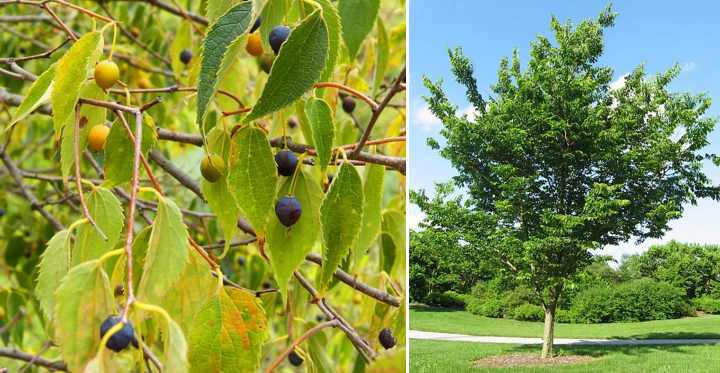
Hackberry Trees Celtis Common Types Leaves Bark Fruit Pictures Identification
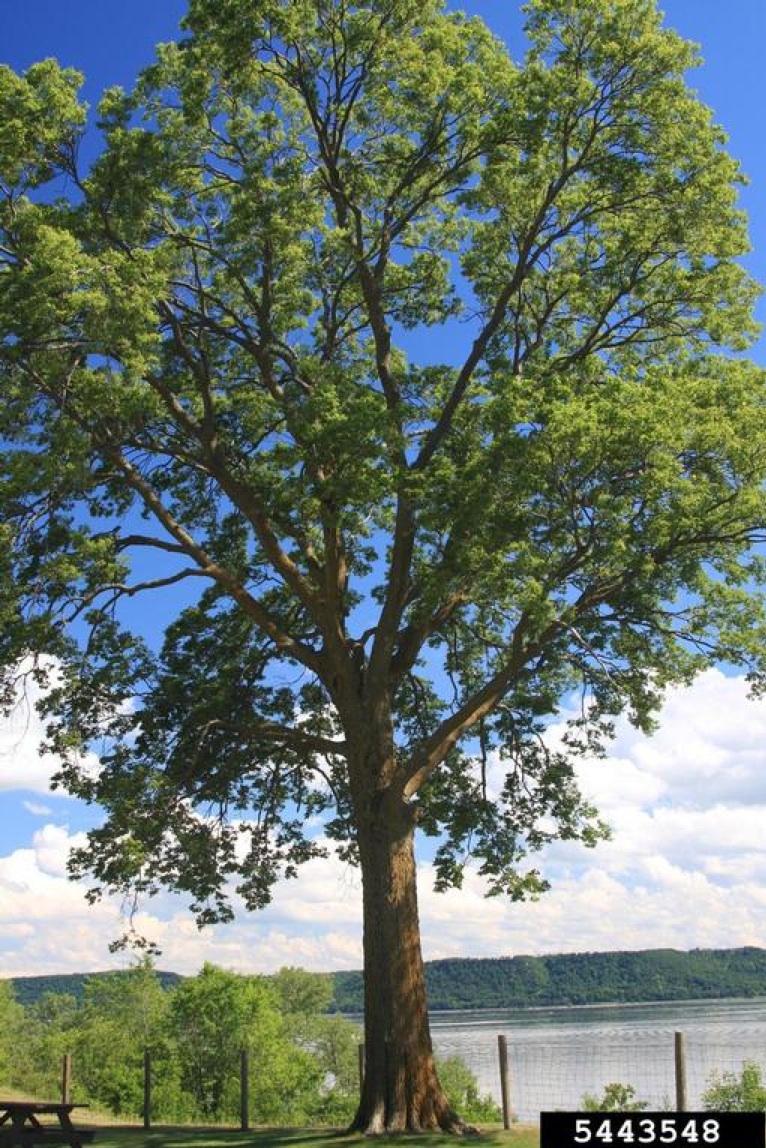
Hackberry Nebraska Extension Community Environment Nebraska

Common Hackberry Umn Extension

Autumn Leave Contrast Poster By Mission Command Displate In 2022 Metal Posters Metal Posters Design Sturdy

Celtis Australis Nettle Tree European Hackberry Botanical Drawings Botanical Illustration Plant Illustration
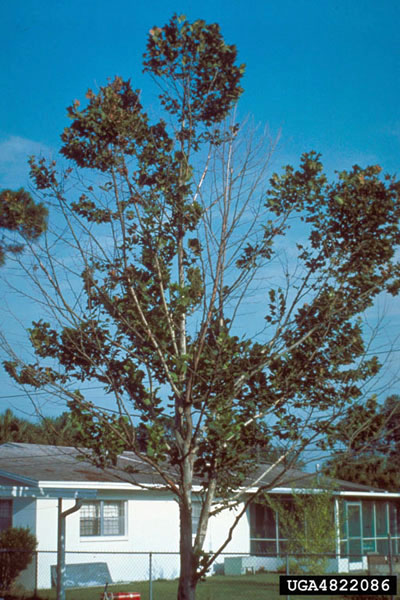
What S Wrong With My Plant Garden University Of Minnesota Extension
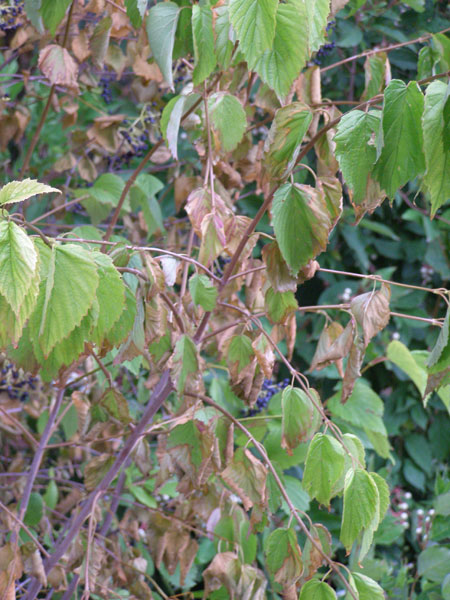
What S Wrong With My Plant Garden University Of Minnesota Extension

Hackberry Trees Are Under Attack
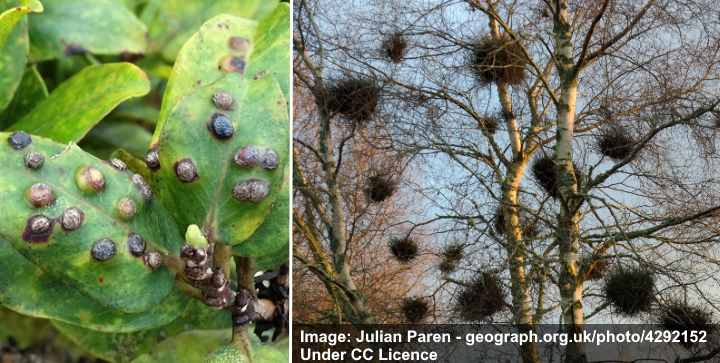
Hackberry Trees Celtis Common Types Leaves Bark Fruit Pictures Identification

Diagnose Tree Disease Hackberry Tree Trees To Plant Tree Care
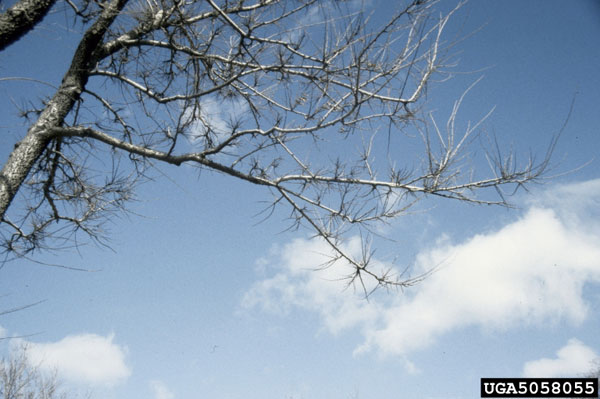
What S Wrong With My Plant Garden University Of Minnesota Extension
Hackberry Tree Leaf Drop 572264 Ask Extension

Pin On Berries Bark Birds And Bees

Hackberry Tree Shade Trees Small Ornamental Trees Hackberry Tree
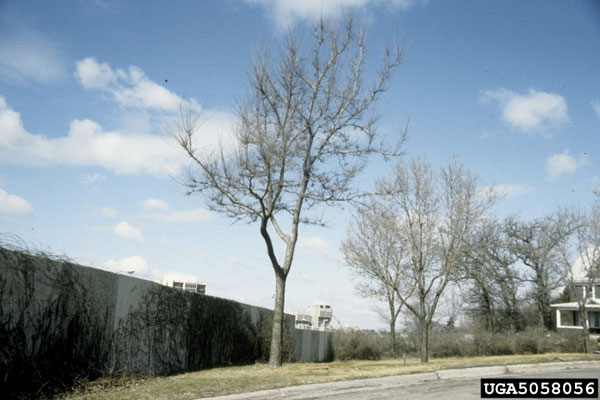
What S Wrong With My Plant Garden University Of Minnesota Extension